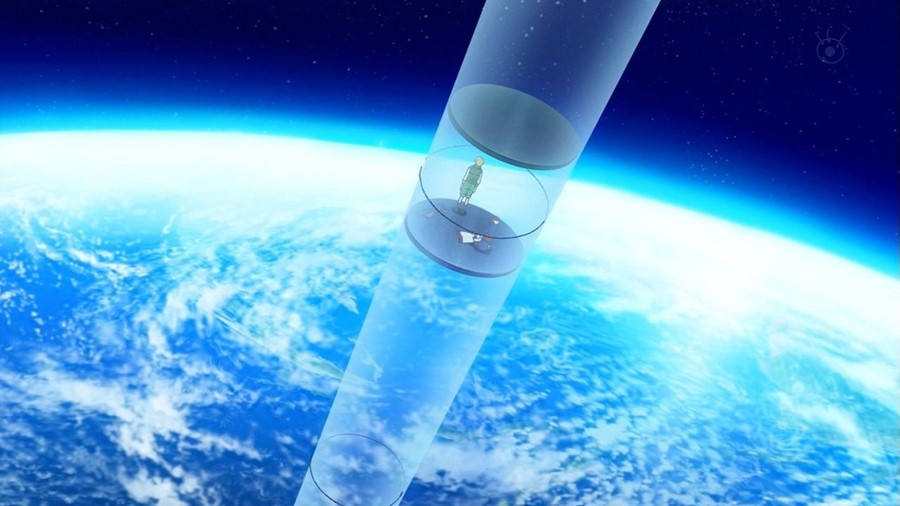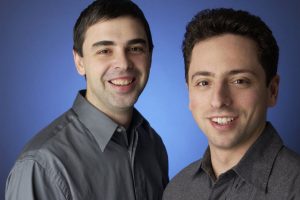Marc Andreessen : The Computer Scientist Who Founded Netscape
Inventor, entrepreneur and a super angel investor; Marc Andreessen is a complete package. The former had explored the world of computers and taught himself the basic of the programming language when he was in school. He became bored with computers even before he finished the high school, and when the interest in computers sparked again, he conquered the world of technology. He is the one who introduced the world to the first consumer-based web browser, Netscape Navigator.
Early Life
Marc was born in Cedar Falls, Iowa, on 9 July 1971, to Lowell Andreessen and Patricia Andreessen. Both his parents worked in a seed company, in New Lisbon, Wisconsin. He became familiar with computers at the age of nine. When he was in the last year of his school he was influenced by the fact that how the scientists at his school, used to send their piece of work to other Universities over the internet.
Marc became more interested in computers and went to pursue a bachelor’s degree in Computer Science from the University of Illinois at Urbana–Champaign. After graduating the college, in 1993, he started an internship at IBM in Austin, Texas and later, took a job with the AIX graphics software development group. At the time Tim Berners-Lee’s had recently launched the World Wide Web.
Invention of Netscape
Marc, living in California started working at Enterprise Integration Technologies. There, he constituted a team including Eric Bina, to create a web browser. After constantly working for almost two months, Marc developed a graphical and user-friendly browser that was compatible with a wide range of computers. He named it Mosaic Web browser. In the beginning, he gave away the browser for free and it earned over 2million users, within a few months.

A former employee of the same company, Jim Clark, suggested Marc start his own software company. Following the suggestion, Marc started Mosaic Communications Corporation, that was later renamed to Netscape Communications. Also, the Mosaic web browser was renamed to Netscape Navigator.
Soon after the launch, the browser became quite popular. The browser was easy to use and pointed through information using mouse clicks and pictures. Many bigger companies bought the web server software and the related tools for their websites raising $56 million in the year of its initial release.
In 1999, AOL acquired Netscape for $4.2 billion, and Marc became the Chief Technology Officer of the company.
Other Ventures
In 1998, Andreessen along with Ben Horowitz, Tim Howes, and In Sik Rhee, founded another software company, named Loudcloud. The company was renamed as Opsware in 2003. In 2007, Hewlett-Packard acquired the company for $1.6 billion. Marc also co-founded another IT firm, Ning, that was acquired by Mode Media for $150 million, in September 2011.
In July 2007, Andreessen, with his partner Horowitz, started a capital venture, Andreessen Horowitz. Before this venture, they had already funded many start-ups. They together financed the major startups including Facebook, GitHub, Pinterest, Skype Twitter, and Honor, etc.
Andreessen serves as the advisor to Asana and director of CollabNet. He also sits on the board of directors of Facebook, eBay, Anki, Kno, Stanford Hospital, TinyCo, Bump Technologies, Dialpad, Oculus VR, and Hewlett Packard Enterprise.
Personal Life
In 2006, Marc married Laura Arrillaga, the daughter of Silicon Valley real estate billionaire John Arrillaga. She is also an entrepreneur and a philanthropist. The two have a son together.

Yashica is a Software Engineer turned Content Writer, who loves to write on social causes and expertise in writing technical stuff. She loves to watch movies and explore new places. She believes that you need to live once before you die. So experimenting with her life and career choices, she is trying to live her life to the fullest.




